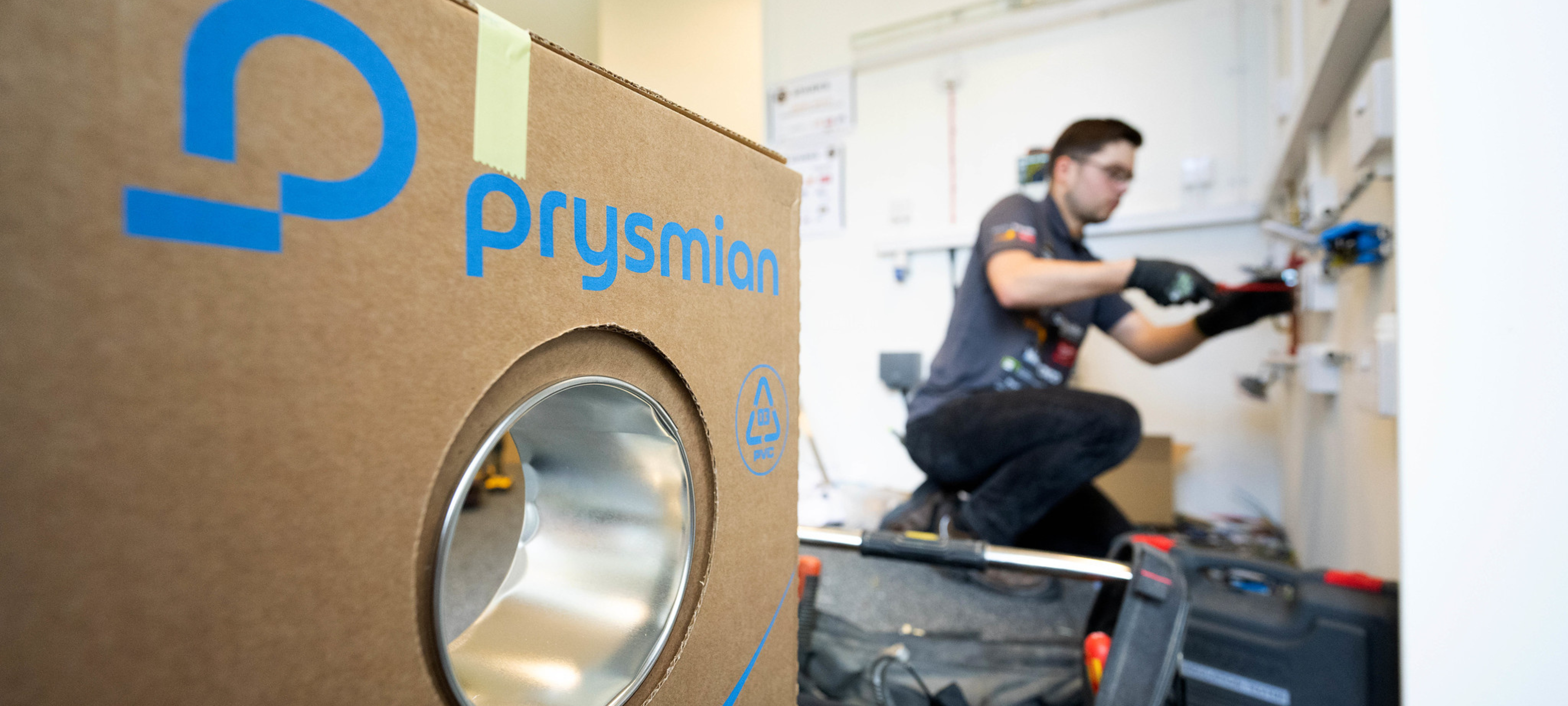Which cable is best for house wiring?
Every cable around the home has a specific use, but which is best for general house wiring?
Whether you are installing an electrical system for a new build or employed to rewire one for an existing property, it’s important to choose the right cables that ensure durability, safety, and suitability for the application concerned.
Twin and earth cables, sometimes abbreviated to T&E, are most commonly used for house wiring. The T&E cable system is designed to comply with relevant wiring regulations and is usually installed in radial, ring, or spur circuit arrangements in agreement between the electrician and the client or homeowner.
What Types of Cables Can Be Used in House Wiring?
Although T&E cables are considered optimal for house wiring, there are different types of cables that can be used in house wiring, here are some of them:
Twin and earth cable
Twin and earth cables are used around the home in a variety of conductor sizes, depending on the application and required circuit load. For example, 1.0-1.5mm2 is commonly used for lighting and switching, 2.5mm2 is typically used for the mains sockets and 6 or 10mm² is often used to supply induction hobs, electric ovens, or electric showers.
6181Y (Meter Tails) Cable
The 6181Y cable, commonly known as meter tails, is used to connect a distribution board or consumer unit to the electrical main supply. Although occasionally referred to as 'double insulated' cables, they should not be considered as such. Instead, these cables are electrically insulated and sheathed for mechanical protection. They are designed for installation in walls, on boards, in conduits, trunking, embedded in plaster, or in free air where there is little risk of mechanical damage.
Armoured cable
Armoured cables are used to get power from the mains of a house into an outdoor setting. They are commonly used in areas where cables are exposed to potential damage, such as garden lighting, outbuildings, and heavy machinery connections. They are designed for more demanding applications where additional protection is required. This armour provides mechanical protection against impacts and other physical damage, making armoured cables suitable for outdoor and underground installations.
Why is it called Twin and Earth?
“Twin” refers to the two insulated conductors or ‘cores’ that are enclosed in a single sheath. The outer sheath, sometimes called ‘jacket’ helps to reduce damage to the cores caused by mechanical impact during installation and operation.
"Earth" relates to the circuit protective conductor (CPC) which is the uninsulated bare copper conductor positioned between the two insulated cores. The CPC in each T&E cable forms the return path for fault currents on the system. These CPCs are all connected to the ‘Earth’ termination in the consumer unit and allow the fault current to flow to earth and let the RCD do its job.
Twin and earth is also known as 6242Y, which is the designated coding given to it by the Cable Makers Association. However, more recently it has become a legacy term.
What are the benefits of Twin and Earth cable?
Twin and Earth cables offer numerous advantages, making them an excellent choice for house wiring, these advantages include:
- Versatility
- Ease of installation and termination
- Durability
- Safety
Twin and Earth cables can be used in a variety of residential and light commercial applications, including lighting, power outlets, and high-power appliances such as electric ovens and electric showers. The flat, PVC-sheathed design of T&E cables makes them easy to install in a wide range of applications. The advantages don’t stop there, the PVC insulation and sheath offer robust protection against mechanical damage and environmental factors, ensuring long-term durability. And last but not least, the built-in circuit protective conductor (CPC) provides a safe path for fault currents, reducing the risk of electrical hazards.
Why Choose Twin and Earth Cables for House Wiring?
Twin and Earth cables are best for house wiring because they offer versatility, compliance with safety standards, ease of installation, and durability.
Prysmian Twin and Earth is ideal for ring and radial circuits, as well as lighting and switching circuits. The cable is suitable for fixed installation in walls, clipped direct, in conduit, trunking or embedded in plaster for small power and lighting applications. Prysmian T&E cables can be used in similar applications in small office buildings and light commercial applications.
It meets British Standard BS 6004 which specifies the requirements and test methods for the construction and performance of cables that have PVC insulation of rated voltage 300/500 V and are intended for electric power and lighting.
If you’re looking for general internal power cables for a residential property, then Prysmian twin and earth cables should be your first choice. Prysmian has been producing twin and earth cables for many years and are experts in the design and manufacture of this cable.
Visit our dedicated Prysmian Twin and Earth page for more information.



